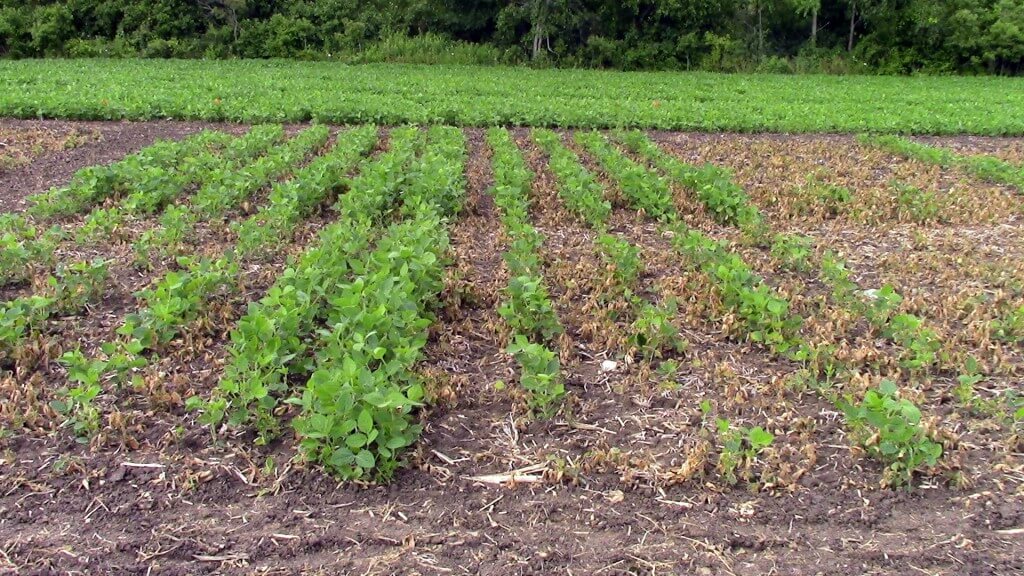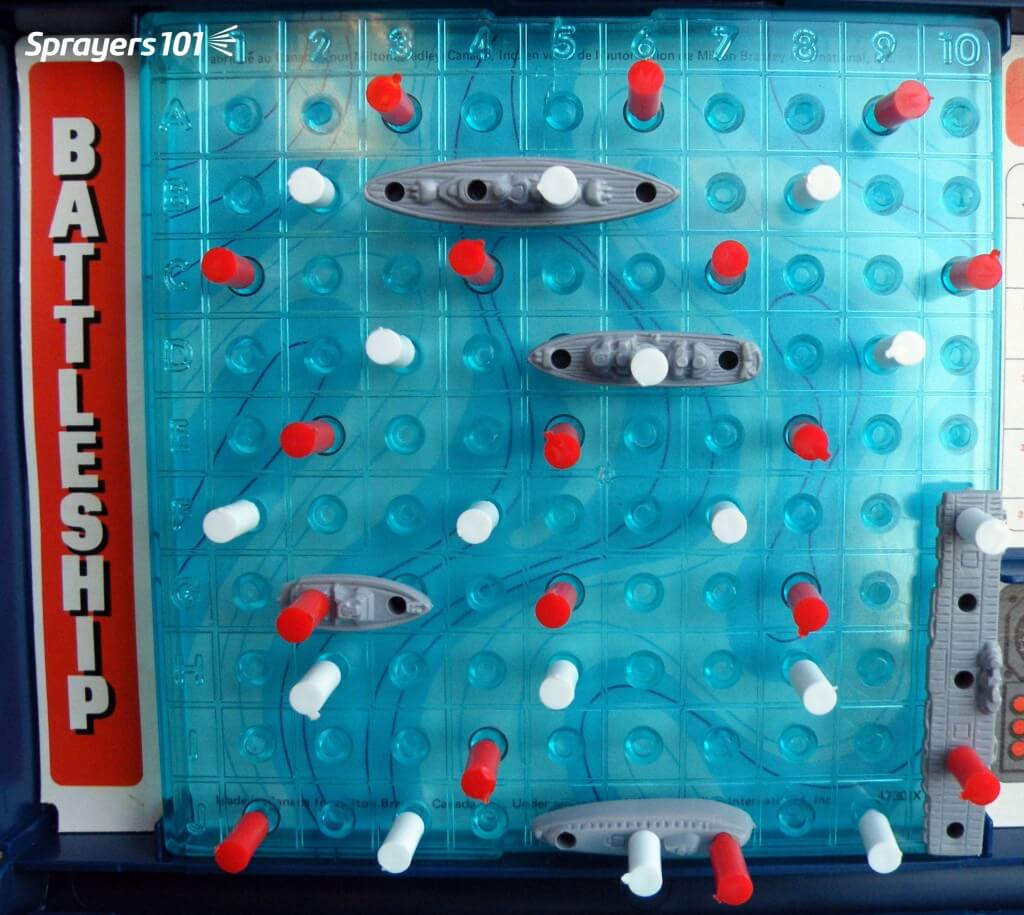
Establishing an airblast nozzling solution is an involved process. We must first define the working parameters and flush out any special circumstances. Then we use an iterative approach to identify suitable nozzle combinations that require minimal changes to the sprayer. This article outlines my process step-by-step and then applies it to a hypothetical orchard scenario. […]



